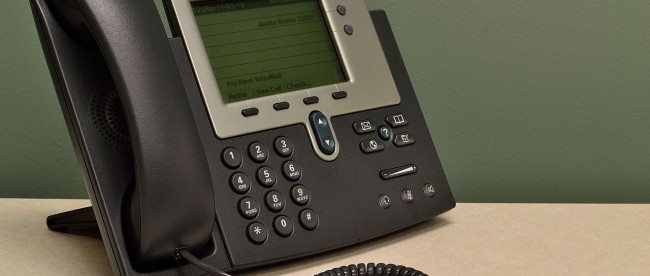The History of Being on Hold

Here’s a simple experiment you can try at home — and, probably will in the near future, whether you’d like to or not. Call a customer support hotline, try to talk to a real human and, well, you don’t have to do much else. In many cases, you’ll be put on hold, and you’ll get to experience hold music. It’s almost a given that this will happen, as hold music has become very common feature of such phone systems.
But it has a very uncommon history.
In 1962, a man named Albert Levy filed for a patent for a “telephone hold program system.” Observing that customers of phone services could have more than one incoming call, Levy developed a way to keep one caller occupied while the needs of the other was addressed. Levy, per the patent filing, imagined the frustration of the caller whose intended audience was busy with others: “His exasperation many times is heightened by a switchboard operator who, if harassed by a great number of incoming calls, gives short shrift to any particular caller before transferring the caller to a holding circuit. Such a busy operator frequently will simply acknowledge the call and then immediately say that the desired party or the desired line is busy and that the caller should hold for a moment.”
Levy’s solution was to add music to the mix. His invention called for “a key or button, will connect the incoming call to a source of program material, e.g. music, thereby to pacify the originator of the call if the delay becomes unduly long, and also to while away the idle time of the caller who is awaiting connection to a certain party or extension.” By today’s standards, that is a seemingly mundane idea. But that was hardly the case back then. Levy was granted a patent in 1966, so the idea was probably novel fifty years ago.
But how’d Levy come up with the idea in the first place? By accident, it turns out.
Levy, prior to filing his patent application, owned a factory somewhere outside New York City. Unfortunately for those of us who loathe muzak versions of Michael Bolton songs while waiting to talk to our cable companies, Levy’s factory had a problem with its phone service. As Slate notes, “a loose wire [was] touching a steel girder.” The steel acted as an antenna, picking up the signal from a local radio station. The wire tapped into the audio, relaying the station’s broadcast to anyone who was on hold — which Levy only found out when callers informed him of what he thought would be a problem. But to Levy’s surprise, callers were pleased by the distraction — they weren’t bothered by the music at all.
Levy decided to turn this bug into a feature, filed his patent, and half a century later, we’re all better (?) off for it.
Bonus Fact: In some sense, the song “Hold On” is the most popular of all time. Since Billboard magazine began publishing its “Hot 100” list (basically, a list of the 100 most popular songs in the U.S. in any given week), more distinct songs titled “Hold On” have made the list than any other common title, with 16 such songs of that name making the list. The most recent as of 2016 was a 2013 song by Alabama Shakes that peaked at #93, and the highest “Hold On” was the Wilson Phillips song from 1990.
From the Archives: Enjoy the Silence: The fake noise on your cell phone calls. Also, The Sound of Silence: The room where you can’t hear anything. At all. Except for yourself. (And most people can’t deal with it.)
Take the Quiz: Name the countries based on how you’d spell their names on a telephone.
Related: Add hold music to your own phone for under $10. (Bad reviews, though.)
